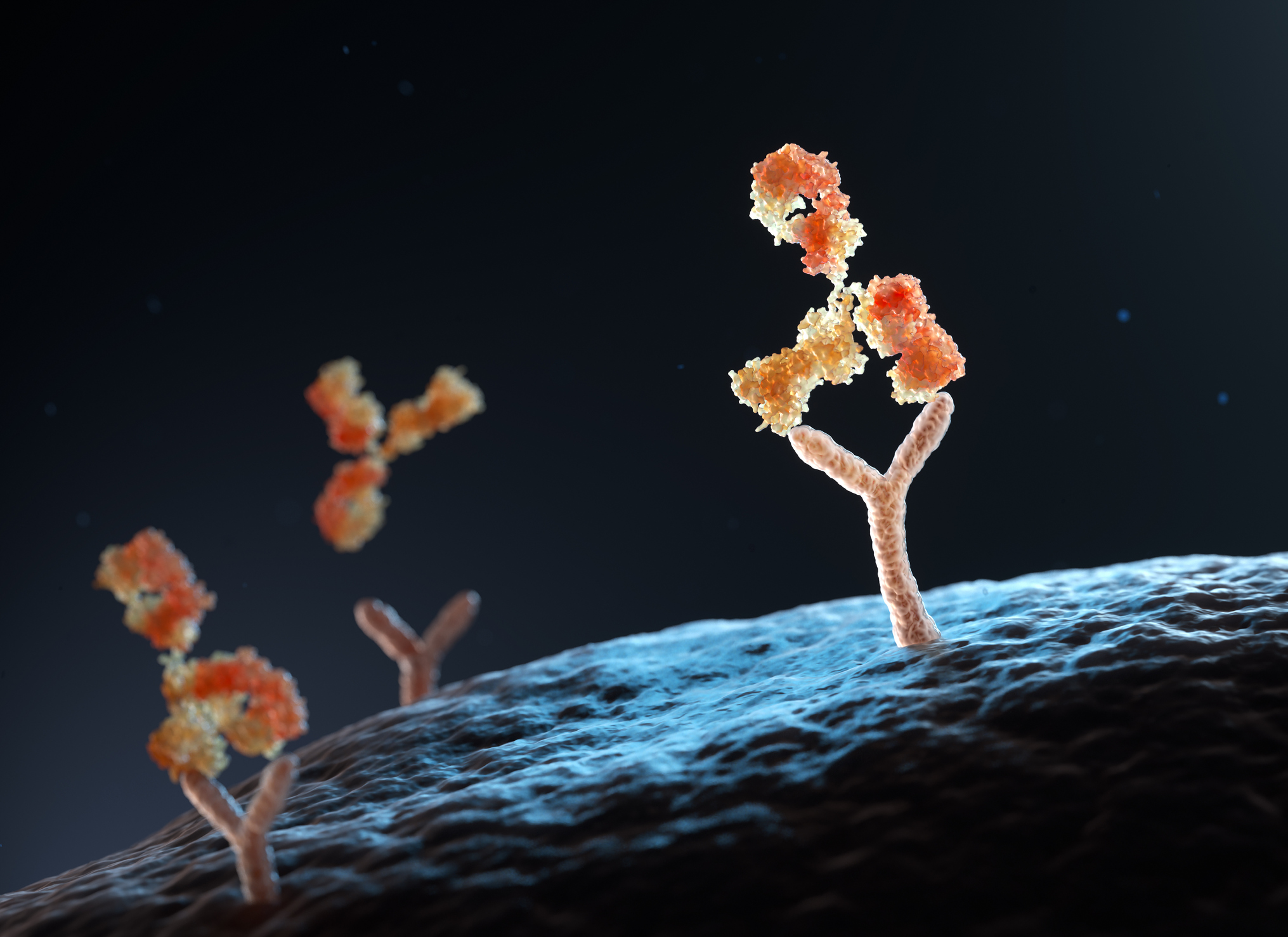Receptor Occupancy Flow Cytometry Assays
This is the final blog in our three-part flow cytometry series. Part 1 highlighted the broad application of flow cytometry for bioanalysis, part 2 investigated the use of flow for immunogenicity assessment for cell therapies, and in this third installment we will discuss the application of flow for receptor occupancy.
Many immunotherapeutic drugs act through binding a target that is expressed on the surface of cells within the body. The classical theory for the activity of these drug modalities is that their therapeutic effect is directly proportional to the number of targets (receptors) that are bound (occupied) at one time. This type of measurement is therefore termed Receptor Occupancy (RO).
Defining Receptor Occupancy Assays
RO assays are quantitative methods, and the data they generate during preclinical studies can be used to select the first-in-human dose or to inform pharmacokinetic/pharmacodynamic (PK/PD) models. During clinical testing, the data can be used as a pharmacodynamic biomarker measurement or as a type of efficacy assessment. While these assays can be performed using traditional techniques such as ELISA and western blotting, flow cytometric platforms are uniquely suited to measuring RO.
Flow cytometry can be used to measure the expression of individual receptors on the surface of each cell in a sample through the use of fluorescently labeled antibodies targeting the receptors of interest. When applied to RO assays, flow methods allow for enumeration of total receptors and occupied receptors within a cell population. This is expressed as the total percent receptor occupancy (%RO).
The sample types that can be evaluated in this format include peripheral blood mononuclear cells (PBMCs), bronchoalveolar lavage (BAL), processed tissues, and other matrices from preclinical studies as well as PBMCs and tumor tissue from clinical studies. In addition, more complex RO assays can be designed, which provide information on receptor internalization and receptor shedding.
Example: Basic RO Assay by Flow Cytometry
Detection of free or unoccupied receptors can be achieved either by using a fluorescently tagged version of the therapeutic drug or using a tagged antibody that binds to the same part of the receptor as the drug but with a lower affinity so as not to displace any of the already bound drug on the cells. In theory, either of these reagents will bind to any available receptors, thus providing the free receptor number.
There are several different options to measure the total receptor expression. One method is to label the sample with antibodies that are not competing, meaning they bind to a different part of the receptor and binding is not impacted by the presence of already bound drug. Alternatively, if a non-competing antibody is not available, it is possible to add a saturating amount of drug that will bind to all the receptors, and then use a labelled secondary antibody that will bind to the drug, allowing the derivation of total number of receptors.
Finally, a direct measure of bound receptors can be performed by using a fluorescently labeled antibody that binds to the exposed part of the drug (noncompeting) when it is attached to the cell surface receptor. This signal will correspond to the number of receptors bound by drug.
Supporting RO Assays in Drug Development
RO assays are utilized throughout the drug development process from early target engagement studies in nonregulated or preclinical stages all the way through Phase 2 and 3 clinical testing. Determining the most appropriate approach to the design and implementation of RO assays is therefore a critical first step.
At BioAgilytix, we have performed numerous RO assays in support of our sponsor’s preclinical and clinical programs. As a well-respected provider of customized flow cytometry solutions, we can leverage our expertise to help you determine the best methodology to support your RO assay needs.
Webinar on Multiparameter Flow Cytometry
Ready to learn more about flow cytometry? Watch our on-demand webinar, “Multiparameter flow cytometry as a powerful tool in drug development” to understand the role of flow cytometry in drug development as well as other real-world applications.
References
- Stewart JJ, Green CL, Jones N, Liang M, Xu Y, Wilkins DE, Moulard M, Czechowska K, Lanham D, McCloskey TW, Ferbas J, van der Strate BW, Högerkorp CM, Wyant T, Lackey A, Litwin V. Role of receptor occupancy assays by flow cytometry in drug development. Cytometry B Clin Cytom. 2016 Mar;90(2):110-6. doi: 10.1002/cyto.b.21355. Epub 2016 Feb 16. PMID: 26704557. https://pubmed.ncbi.nlm.nih.gov/26704557/#:~:text=Receptor%20occupancy%20(RO)%20assays%20by,to%20its%20cell%20surface%20target
- Audia A, Bannish G, Bunting R, Riveley C. Flow cytometry and receptor occupancy in immune-oncology. Expert Opin Biol Ther. 2022 Jan;22(1):87-94. doi: 10.1080/14712598.2021.1944098. Epub 2021 Jul 19. PMID: 34139906.
https://pubmed.ncbi.nlm.nih.gov/34139906/
